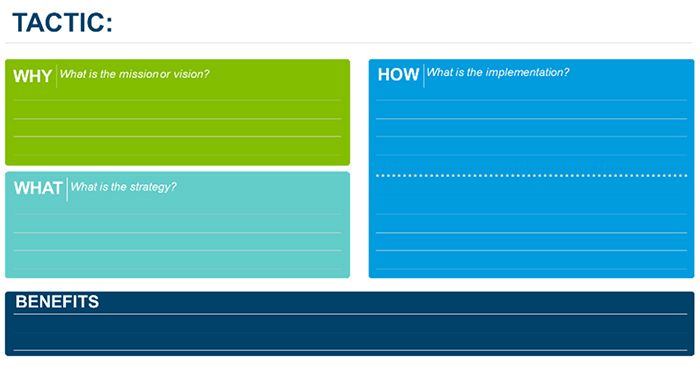Building a Plan for Digital Transformation in Medical Affairs
Leslie Rotz and Todd Parker outline four major steps in the Medical Affairs digital transformation journey.
Although many articles discuss the potential of digital transformation, few describe how to build a plan. This process can be challenging, with organizations reporting their Top 2 challenges being insufficient internal skills and lack of a clear vision for the digital customer journey (See Center for Creative Leadership 2018 survey.1 Key questions at the outset may include the following:
- How will our organization define digital transformation?
- How can I convince others of the value of digital transformation?
- How can we make sure we are not running behind our competition? More specifically, how can we keep ahead of our competition?
- How can we prioritize potential digital offerings to integrate?
To reach a destination, you need a vision and a plan. Although daunting at the outset, a journey of a thousand miles begins with a single step. So where do we start? There are four major steps in the digital transformation journey—defining internal and external needs, establishing a vision, developing a plan, and implementing the plan.
Step 1. Defining internal and external needs
Many people want to roll up their sleeves and start with identifying tactics and tools for implementation. But the most important thing to do is to step back and critically assess what needs to be enhanced. Start with a good look at your own organizational needs and challenges. What are the internal issues your company faces and the opportunities that would arise if you overcame those issues? In addition, assess external needs by evaluating healthcare provider (HCP) preferences and expectations. Begin by collating internal stakeholder knowledge based on cross-functional HCP engagements. Next, leverage syndicated research to understand HCP subspecialty preferences for digital channels and review trends in medicine and medical communications to evaluate perspectives on the evolution of a particular therapeutic area. While you move into defining needs for a broad landscape, identify specific digital opportunities, including those for digital enhancement, competitor digital presence, and simulated online searches.
Step 2. Establishing a vision
To establish your vision for digital transformation, examine the focus areas that would provide the greatest organizational gains. Identify pain points—the key challenges your organization would face in each area—and then discuss solutions and potential opportunities to address these pain points.

Prioritize the areas that would provide the most value to your organization or audiences first, and focus on complexity later. Use those insights to develop a long-term vision that includes short-term goals to help you reach, and ensure organizational alignment with, that vision.
Step 3. Developing a plan
After obtaining organizational alignment on the vision, begin identifying solutions to prioritized challenges and agreeing on which of those solutions should be piloted first. Interactive prioritization exercises can map potential projects on the basis of value to your organization or external audiences, as well as complexity, transformative nature, or challenge in implementation. Pilot selection is also affected by your organizational philosophy. Is it better to go big or to instead start small? Pursue simple wins and have a well-defined stepwise process for change.
Step 4. Implementing the plan

While your organization implements your plan for digital transformation, clearly define stakeholders, objectives, and metrics. These crossfunctional stakeholders will not only partner with you to build the plan, but will also become internal champions who can help create a movement. In addition, every plan should incorporate meaningful measures of success at the outset, allowing you to assess value and expand or adapt as needed downstream. Finally, you should socialize learnings and value within your organization to build consensus on the broad implementation, and adjust tactics as needed.
Conclusion
When building a transformational plan, one of the most important things is to have a forward-looking vision. You have to be willing to be visionary and potentially disruptive if you are seeking to establish new processes that ensure you meet the needs of HCPs, and ultimately the patients they treat. You also need to gain alignment with both leadership and the functional areas that will be involved. Finally, you must remember that this is truly an iterative process. Your plan should be one that adapts and adjusts while you receive more data. And to help you avoid getting caught up in the fear of tackling something that seems too large to handle, I leave you with this pearl from Nike: “Just Do It.”
Leslie Rotz is Director, Digital Strategy and Operations at MedThink, Inc. Todd Parker is Vice President and Managing Director, MedThink SciCom.
Notes
1. https://www.ccl.org/wp-content/uploads/2018/04/Digital-Transformation-Survey-Report.pdf
Is Artificial Intelligence a ‘Product’? Products Liability Implications for AI-Based Products
April 10th 2025As the physical products we use evolve to become increasingly complex, traditional products liability frameworks may not always fit to provide remedies for harm that can result from using novel product types.